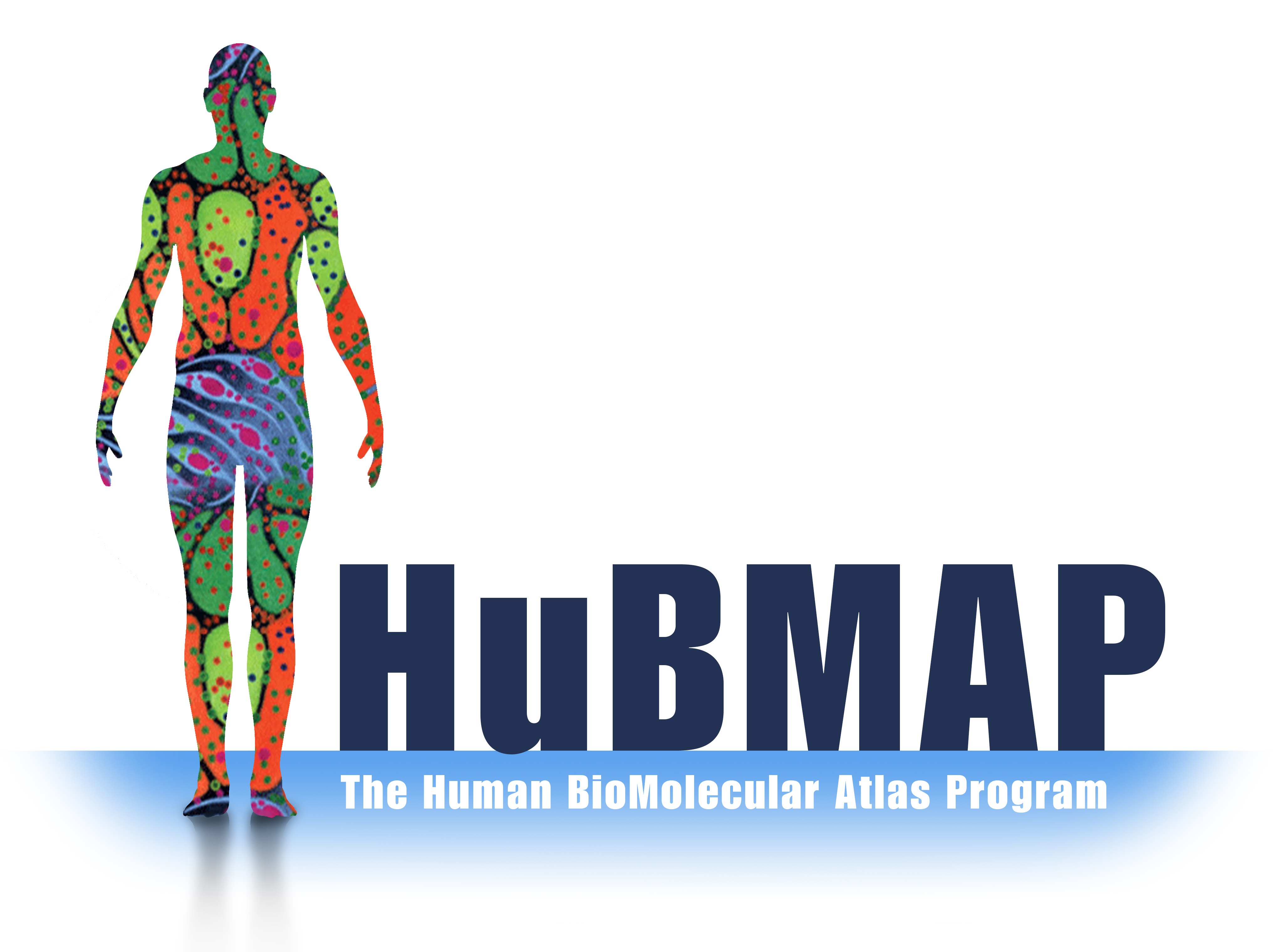NIH's HuBMAP Goals Outlined in Nature Paper SCS Plays a Leading Role in Detailed 3D Mapping of Human Body
Byron SpiceThursday, October 10, 2019Print this page.

Work is underway by a national collaboration of scientists, including a team at Carnegie Mellon University, on the Human Biomolecular Atlas Program (HuBMAP), a National Institutes of Health initiative to create an interactive 3D map of the human body at a cellular level.
The goals of the program, announced last year, are outlined in this week's edition of the journal Nature. Sponsored by the NIH Common Fund, HuBMAP is slated to continue for four years and cost $54 million.
"HuBMAP, working closely with other initiatives, aspires to help to build a foundation by generating a high-resolution atlas of key organs in the normal human body and capturing inter-individual differences, as well as acting as a key resource for new contributions in the growing fields of tissue biology and cellular ecosystems," according to the paper by the project's investigators. Those authors include Ziv Bar-Joseph, a professor in the Computational Biology (CompBio) and Machine Learning Departments, who leads HuBMAP's Computational Tools center.
CompBio is leading the development of computational methods and pipelines to process, analyze and model the data collected by the HuBMAP Consortium. The CMU-led team is part of the HuBMAP Integration, Visualization & Engagement group, which is tasked with integrating and enabling access to all data collected and with creating the 3D maps that would allow users to visualize the activity of cells and tissues in the human body.
"The HuBMAP vision is exciting, and the resulting 3D maps can lead to several advances in our ability to understand what goes wrong in diseases and disorders," Bar-Joseph said. "However, the computational challenges we face when trying to make sense of all the data collected, and when attempting to integrate it to create such maps, are substantial.
"The computational methods and pipelines being developed by our team are aimed at addressing these challenges and enabling the general public, as well as expert users, to interact with and utilize the data collected so that they can perform detailed queries and comparisons between the reference and patient specific data," he said.
"We have already implemented several pipelines for processing the large amounts of data that we expect to receive in the next few month" said Matt Ruffalo, a systems scientist in CompBio. "We expect to have all processing tools in place for the initial data release planned for next year. In addition, we have already started working on new solutions for uniform processing and integration of the different types of sequencing, imaging and mass spectrometry data being collected by the HuBMAP tissue centers."
In addition to the CMU team, scientists at the Pittsburgh Supercomputing Center and the University of Pittsburgh's Department of Biomedical Informatics lead another HuBMAP center, which focuses on the computational infrastructure for the data.
Byron Spice | 412-268-9068 | bspice@cs.cmu.edu<br>Virginia Alvino Young | 412-268-8356 | vay@cmu.edu
